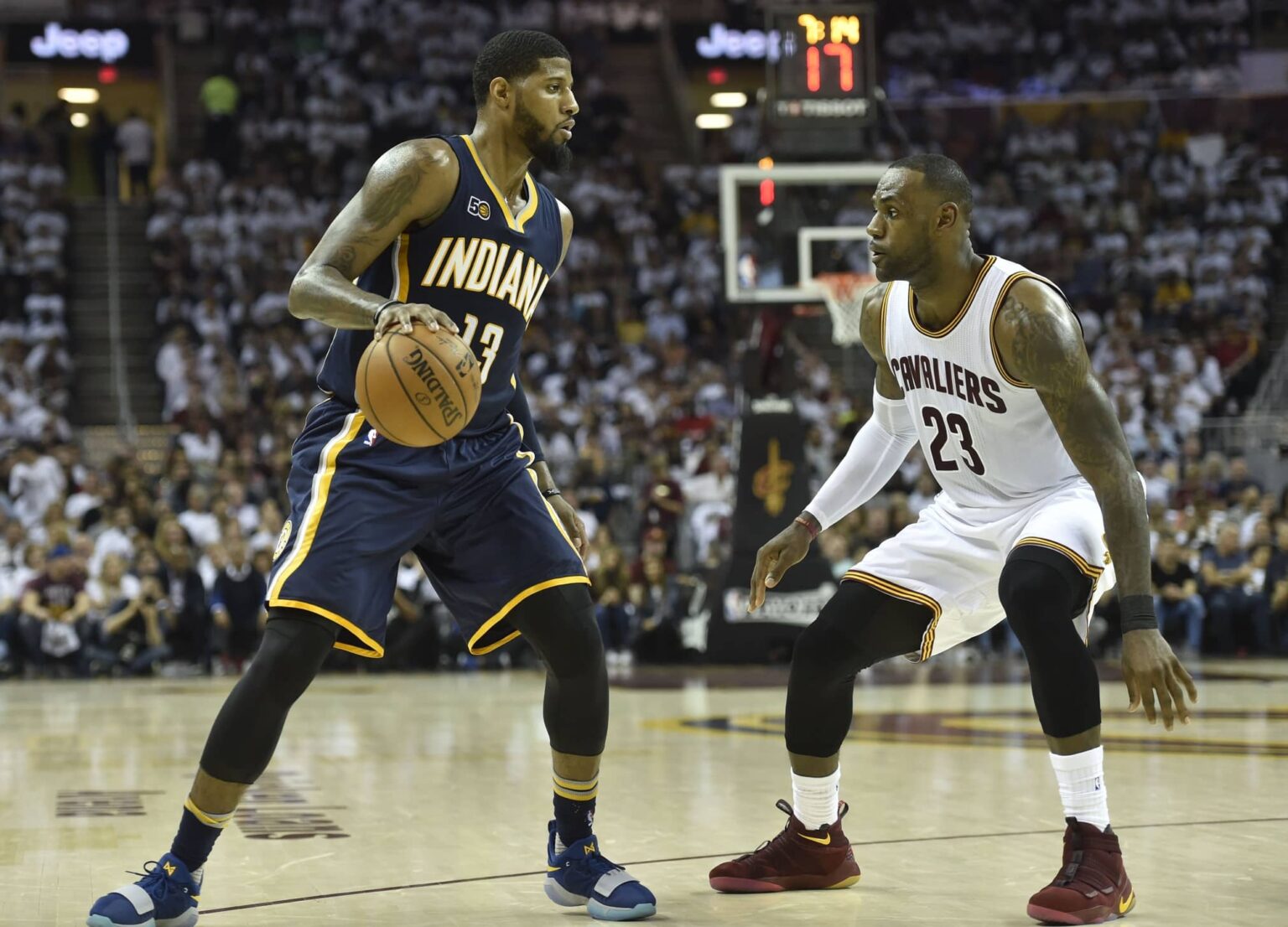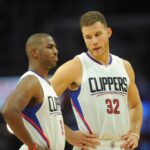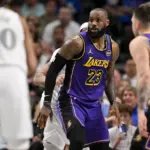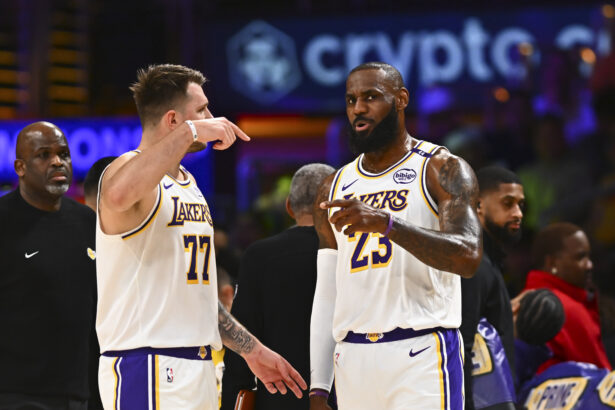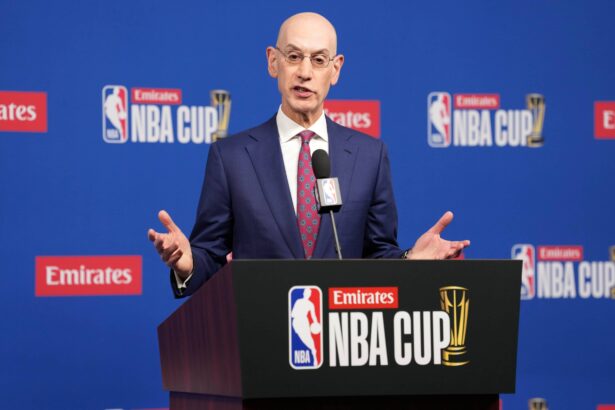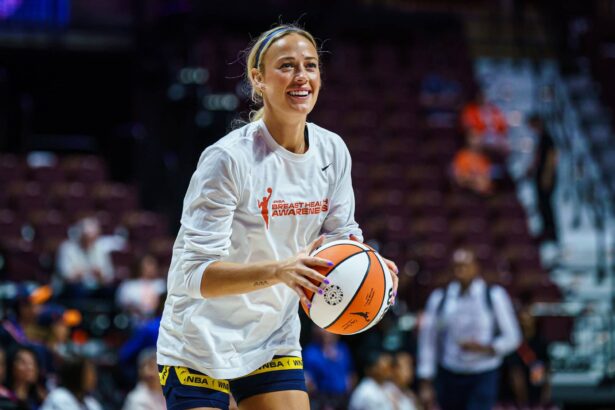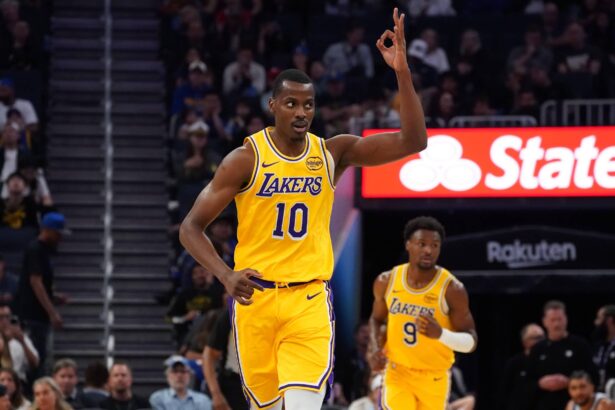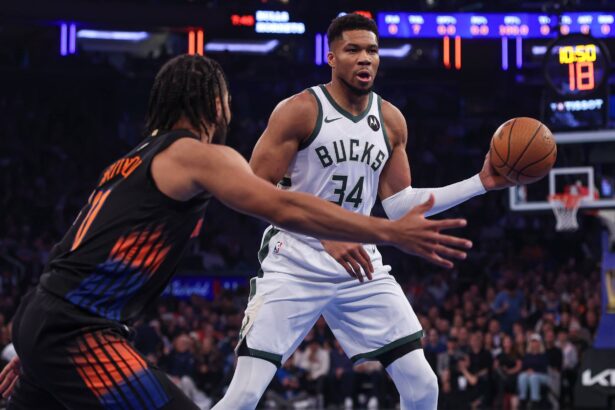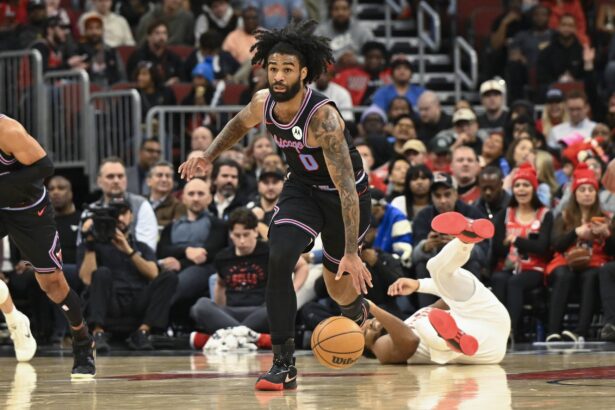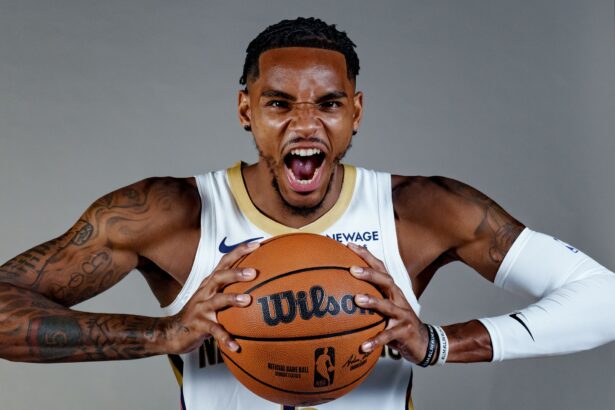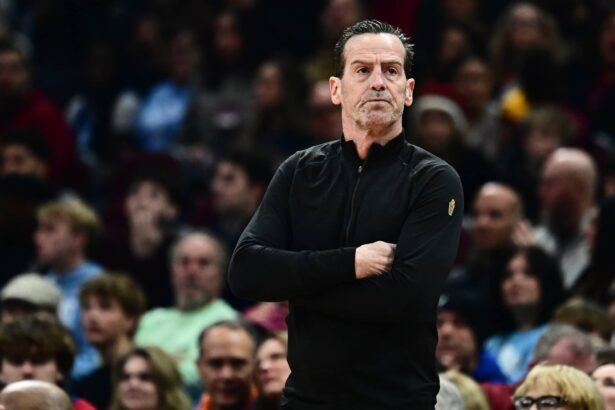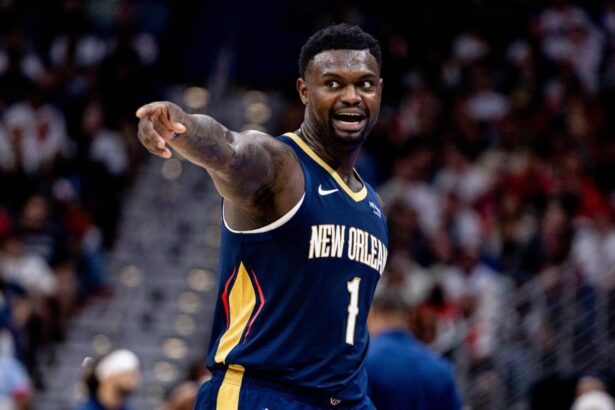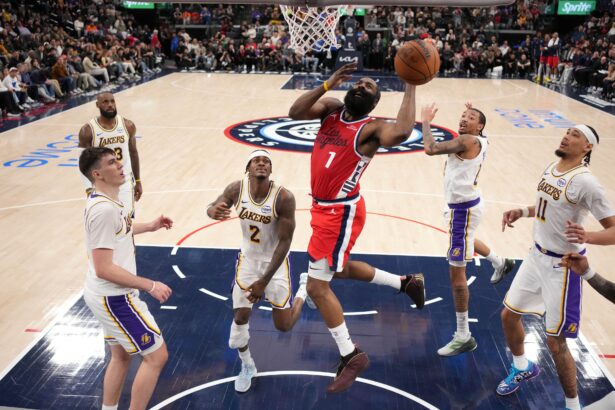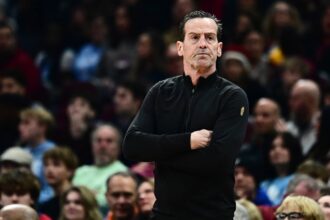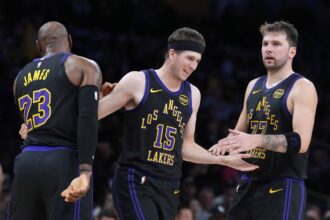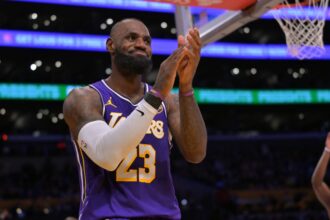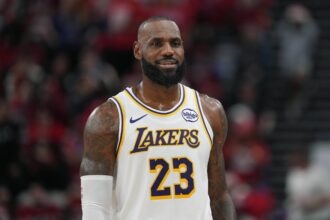In 2017, LeBron James and the Cleveland Cavaliers stood at a crossroads. Fresh off another NBA Finals loss to the Golden State Warriors, this time to the newly-formed superteam featuring Kevin Durant and Stephen Curry, the Cavs knew they needed reinforcements.
What few people knew then was just how close LeBron came to landing one of the league’s biggest stars: Paul George. A new book, A Hollywood Ending: The Dreams and Drama of the LeBron Lakers by Yaron Weitzman, reveals that LeBron and the Cavs were one signature away from forming a duo that could have changed the course of NBA history.
According to the book, right after the 2017 Finals ended, LeBron and several teammates gathered for a private meeting at their team hotel. The goal was simple: figure out how to catch the Warriors. Everyone agreed they needed another elite wing to take the load off LeBron and give the team more two-way firepower.
The name at the top of everyone’s list? Paul George, then a superstar forward with the Indiana Pacers, had already made it clear he didn’t intend to stay long-term in Indiana.
Cavs guard Dahntay Jones helped bridge the connection, texting George and eventually arranging a dinner between him and LeBron at James’s Brentwood home in Los Angeles. The two stars hit it off instantly.
LeBron’s pitch was convincing; he painted a vision of a team that could take down Golden State, win multiple titles, and keep Cleveland as the center of the basketball universe. George was all in. By all accounts, he was ready to become a Cavalier.
Behind the scenes, general managers had already begun working out the details of a three-team trade that would make the deal possible.
The structure was nearly finalized: Cleveland would receive Paul George, Denver would take Kevin Love, and Indiana would get Gary Harris and a package of draft picks. It was a creative move that satisfied every team’s needs or so it seemed.
Then, at the last minute, everything collapsed. Pacers president of basketball operations Kevin Pritchard killed the deal. The reason wasn’t that the offer was bad, in fact, it was widely considered a fair return. The problem was political.
According to Weitzman, Pritchard didn’t want to send Paul George to a team that would strengthen LeBron’s grip on the Eastern Conference. At the time, LeBron had already reached the Finals seven consecutive years, and the Pacers, like several other East teams, were eager to see him leave. Trading George to Cleveland, in their eyes, would have only made that dominance last longer.
So instead of green-lighting the Cavs’ proposal, Indiana pivoted. Practically overnight, they struck a deal with the Indiana Pacers forward Paul George (13) dribbles against Cleveland Cavaliers forward LeBron James (23) in the second quarter in game one of the first round of the 2017 NBA Playoffs at Quicken Loans, sending George to team up with Russell Westbrook. The fallout in Cleveland was immediate.
A frustrated Kyrie Irving requested a trade later that summer, LeBron carried the Cavs back to the Finals in 2018, and soon after, he left for the Los Angeles Lakers, beginning a new chapter of his career.
Had the trade gone through, NBA history might look drastically different. A LeBron–George-Irving trio could have given Golden State serious trouble and potentially extended LeBron’s Cleveland era for years. Instead, the Pacers’ decision set off a domino effect that reshaped the league’s power structure.
As Weitzman puts it in his book, the trade’s collapse was “one phone call away from a dynasty.”
Instead, it became one of the great what-ifs of LeBron James’ career, the night the Cavs were a signature away from pairing two superstars, only for the Pacers to pull the plug.

